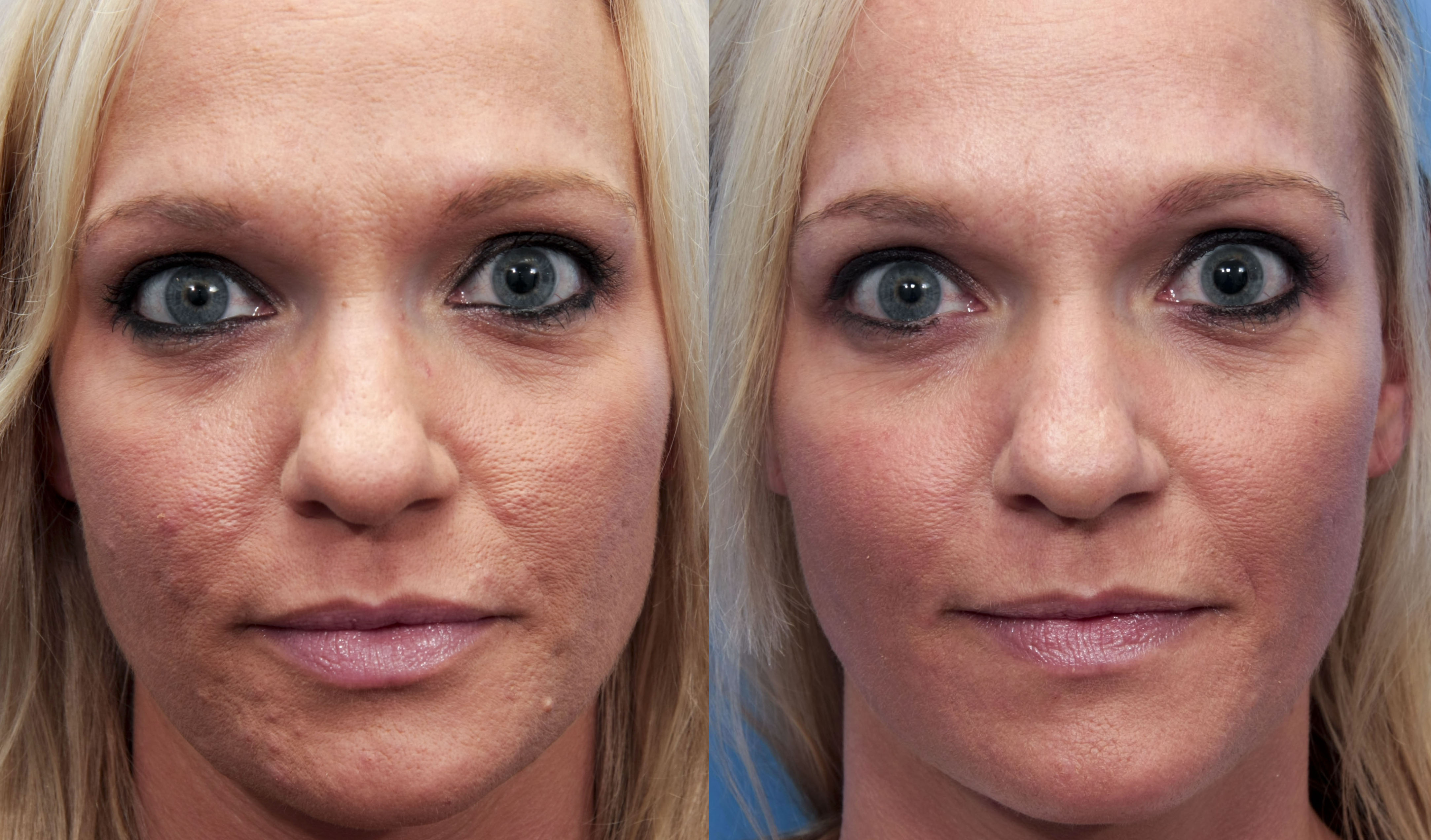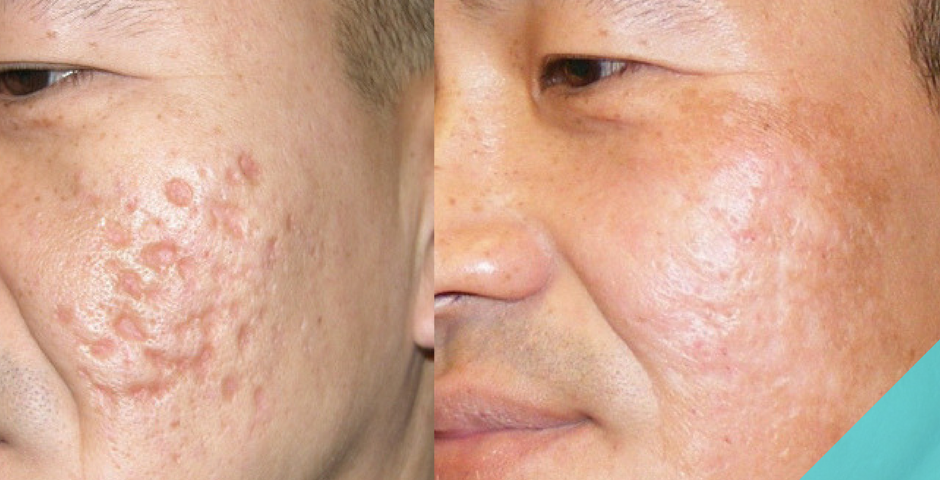Effective Solutions for Acne Scars: Exactly How to Achieve More Clear Skin
Comprehending the Numerous Skin Disease and Effective Treatment Alternatives for Acne Scars
Acne marks stand for a complicated interaction of skin disease that considerably influence individuals' self-esteem and general skin wellness. Comprehending the distinctive kinds of acne marks-- atrophic and hypertrophic-- together with their underlying causes, is essential for figuring out effective treatment methods. Different healing options exist, varying from advanced skin-related procedures to all-natural treatments. Nevertheless, the effectiveness of these therapies typically rests on tailored analyses by qualified professionals. As we discover the landscape of acne scar monitoring, it becomes apparent that the journey towards clearer skin may include even more than simply topical options.
Types of Acne Marks

On the other hand, hypertrophic marks result from an overflow of collagen throughout the recovery process, leading to raised areas on the skin. These marks are commonly solid and can differ in color, often appearing red or darker than the bordering skin.
Recognizing these types of acne marks is critical for creating an effective treatment plan - acne scars. Alternatives might include chemical peels, laser therapy, microneedling, or dermal fillers, tailored to the details scar type. A thorough consultation with a skin specialist can aid determine the most suitable treatment, taking into consideration the individual's skin type, scar intensity, and overall skin wellness
Sources Of Acne Scarring
Scarring happens as an outcome of the body's all-natural recovery action to inflammation and injury triggered by acne lesions. When acne forms, it activates an inflammatory response, leading to the release of various cytokines and development aspects that promote recovery. This procedure can in some cases lead to extreme tissue formation or poor repair service, resulting in scars.
The main reasons for acne scarring consist of the intensity of the acne itself, duration of the lesions, and individual skin types. Extreme inflammatory acne, such as cysts and blemishes, is most likely to cause scarring as a result of deeper tissue damages. In addition, inappropriate handling of acne lesions, such as picking or squeezing, can intensify tissue injury and swelling, increasing the likelihood of scarring.
Genetic tendency additionally plays a substantial duty; individuals with a household history of scarring are at a greater risk. Skin type and color can affect scar development, as darker skin tones might experience post-inflammatory hyperpigmentation, while lighter skin might develop atrophic marks.
Inevitably, understanding these reasons is vital in taking care of acne and reducing the possibility for scarring.

Treatment Options for Scarring
Efficient treatment options for acne scarring vary depending on the type and seriousness of the marks. Typically categorized into atrophic, hypertrophic, and keloid scars, these conditions need tailored approaches for ideal results.
For atrophic marks, which are defined by a loss of cells, treatments such as chemical peels, microdermabrasion, and laser therapy are commonly employed. These approaches promote skin revival and boost collagen production, thereby boosting skin appearance. Subcision, a minimally intrusive procedure, can also be effective by damaging up fibrous bands underneath the skin.
Hypertrophic and keloid marks can be a lot more testing to deal with. Alternatives include corticosteroid shots to decrease inflammation and squash the marks. In many cases, cryotherapy or laser treatment may be suggested to lessen their appearance.
Surgical options are readily available for serious scarring, where excision or skin grafting might be essential. It's important for individuals to talk to a skin doctor to assess their details scar type and discuss the most suitable check that therapy plan. Combining multiple therapies frequently generates the very best end results, guaranteeing that each individual's one-of-a-kind skin disease is attended to successfully.
Natural Home Remedy and All-natural Solutions
Natural services and natural remedy can supply an easily accessible technique for people looking for to improve the look of acne scars (acne and acne scars treatment). Different components discovered in the home cooking area have actually shown possible benefits in enhancing skin structure and promoting healing

One more effective option is lemon juice, which acts as an all-natural exfoliant and can lighten hyperpigmentation. Nonetheless, it should be utilized carefully, as it may cause photosensitivity. Oat meal masks are also helpful; their gentle peeling can assist get rid of dead skin cells while relaxing irritability.
Essential oils, such as tea tree oil and lavender oil, can additionally support mark healing as a result of their antimicrobial residential properties. It is crucial to carry out a patch examination prior to applying any remedy to guarantee there are no unfavorable reactions. These all-natural options can be a complementary strategy in the trip to diminish acne scars.
Preventing Future Scarring
Embracing a proactive technique to skin care can significantly lower the threat of establishing future acne marks. Regular cleansing, peeling, and hydration can aid keep skin wellness and stop clogged up pores.
In addition, preventing the lure to squeeze or select acne sores is essential, as this can bring about inflammation and succeeding scarring. Instead, individuals need to concentrate on applying topical therapies that promote recovery and minimize swelling. Ingredients such as salicylic acid, benzoyl peroxide, and retinoids are known for their efficacy in taking care of acne and reducing scars.
Sun security is an additional essential component; exposure to UV rays can restrain and darken scars recovery. Consequently, making use of a broad-spectrum sun block daily can reduce these impacts - acne scars treatment.
Finally, preserving a healthy and balanced diet regimen abundant in antioxidants and staying hydrated assistances skin regrowth. By carrying out these safety nets, people can dramatically reduce their danger of future scarring and promote general skin wellness.
Verdict
In conclusion, a comprehensive understanding of acne scars, including both atrophic and hypertrophic kinds, is essential for reliable therapy approaches. Examination check these guys out with a dermatologist stays critical to navigate to this site create personalized approaches that take into consideration specific skin types and mark intensity, eventually boosting the efficiency of mark administration strategies.
Acne marks stand for a complicated interplay of skin conditions that dramatically effect individuals' self-worth and overall skin wellness. The 2 key categories of acne scars are atrophic and hypertrophic scars. These scars are additional categorized right into 3 subtypes: ice choice marks, which are slim and deep; boxcar marks, which are bigger and have distinct edges; and rolling marks, which develop a wave-like look due to irregular skin structure.
A thorough consultation with a dermatologist can aid determine the most suitable intervention, taking into account the person's skin kind, scar seriousness, and overall skin health and wellness.
Appointment with a skin doctor remains essential to devise tailored strategies that consider specific skin kinds and mark severity, inevitably boosting the efficiency of mark administration methods.